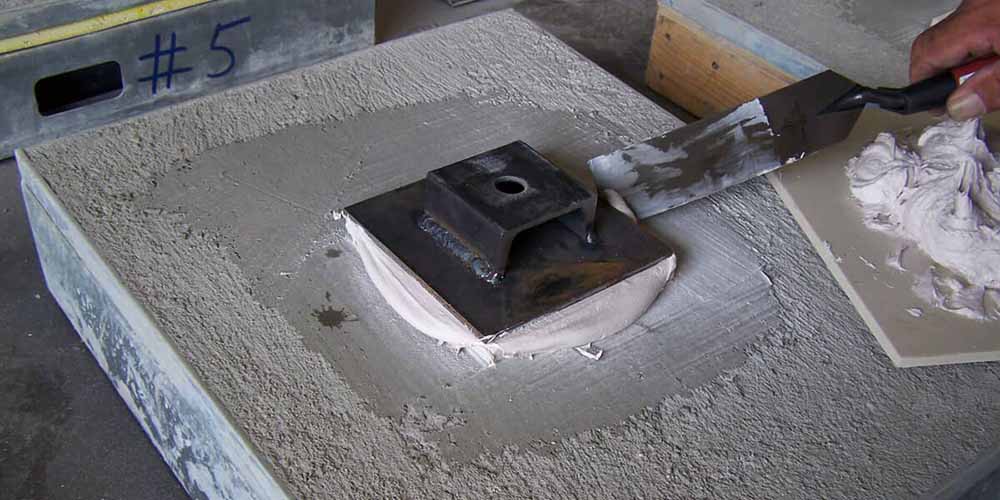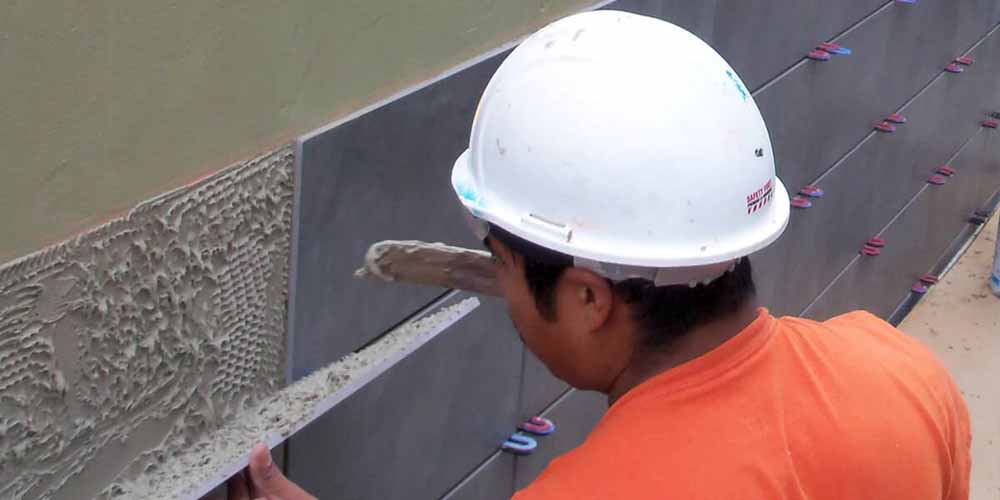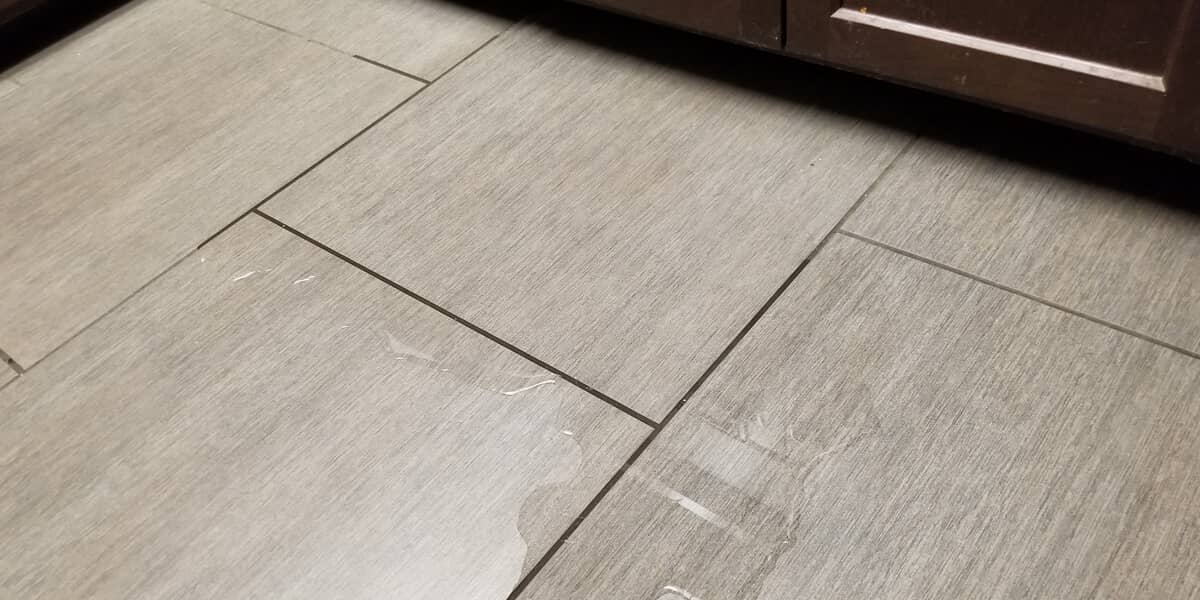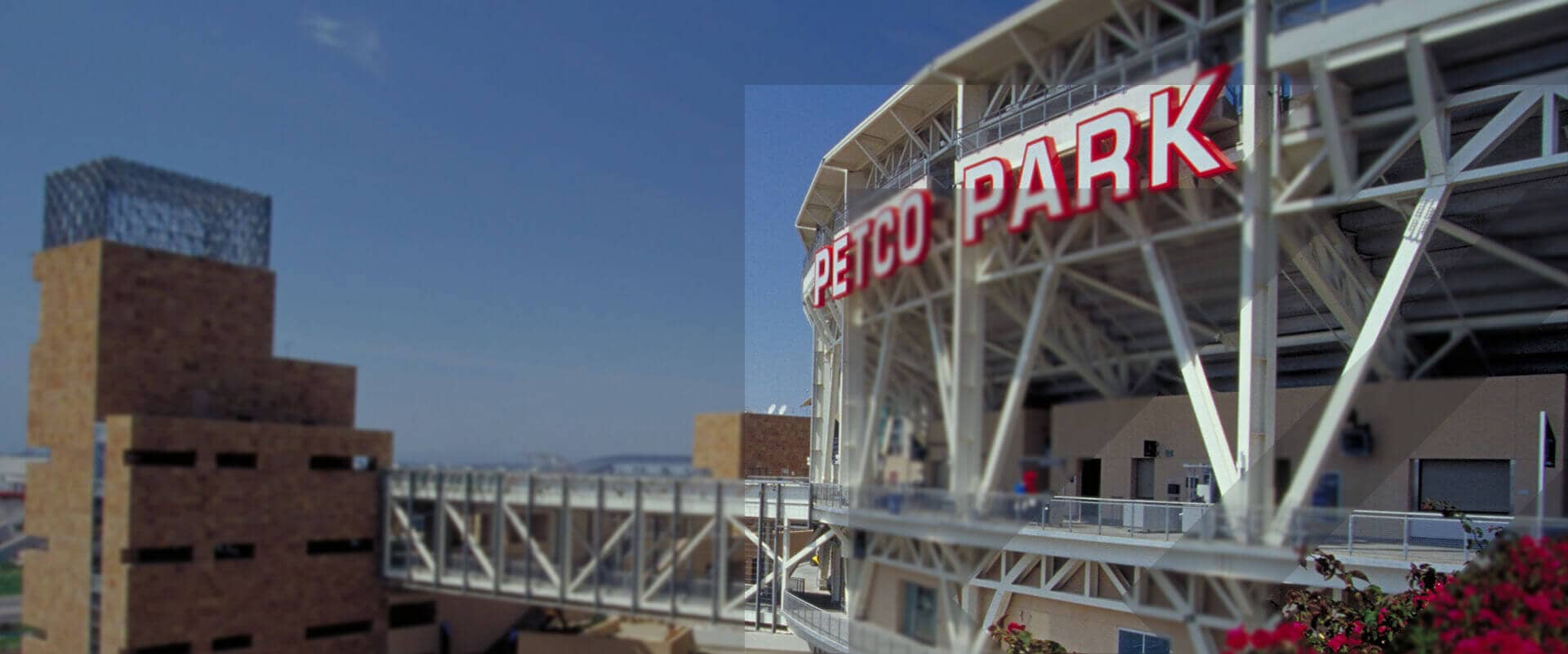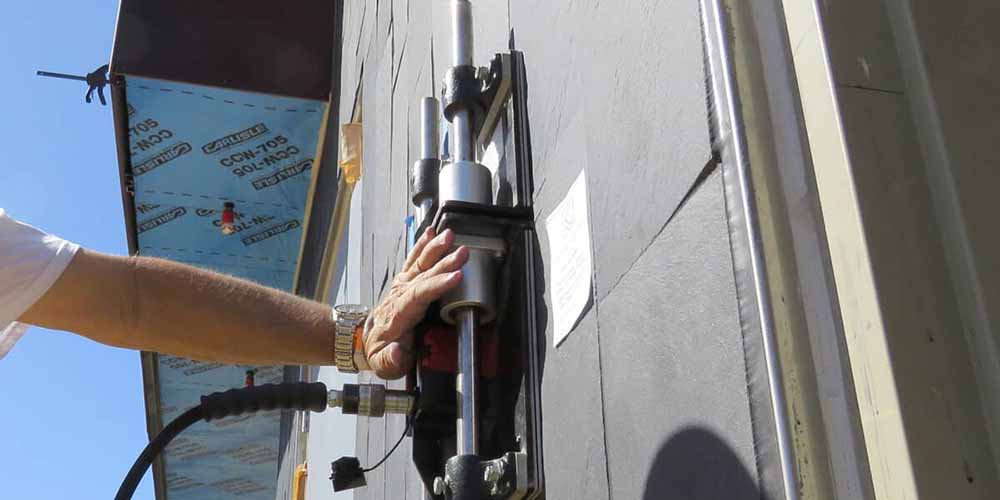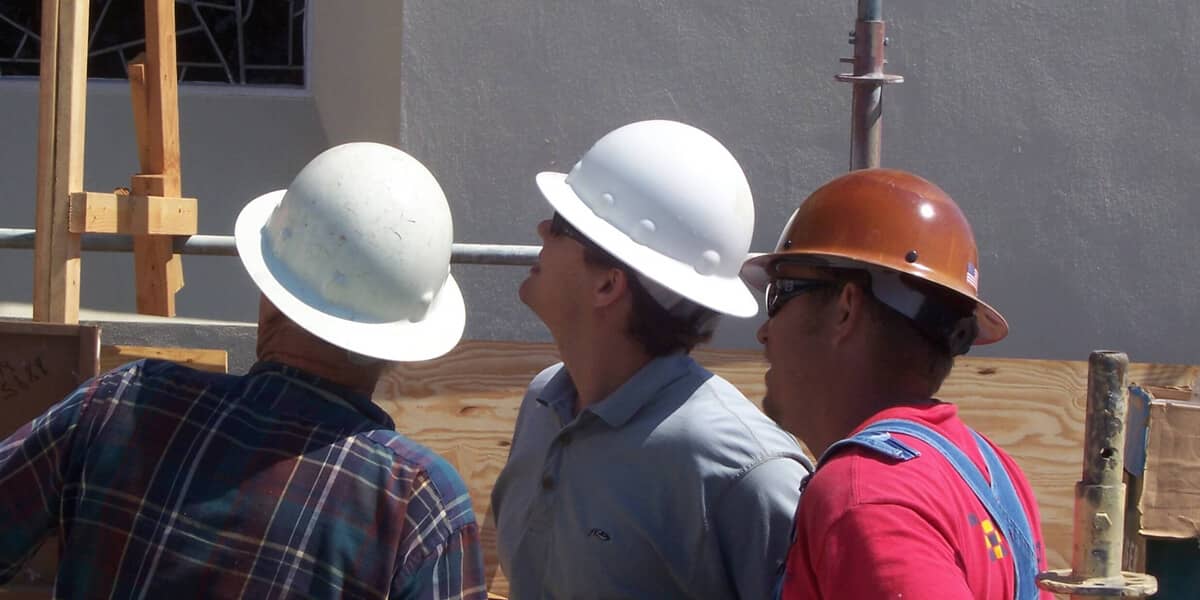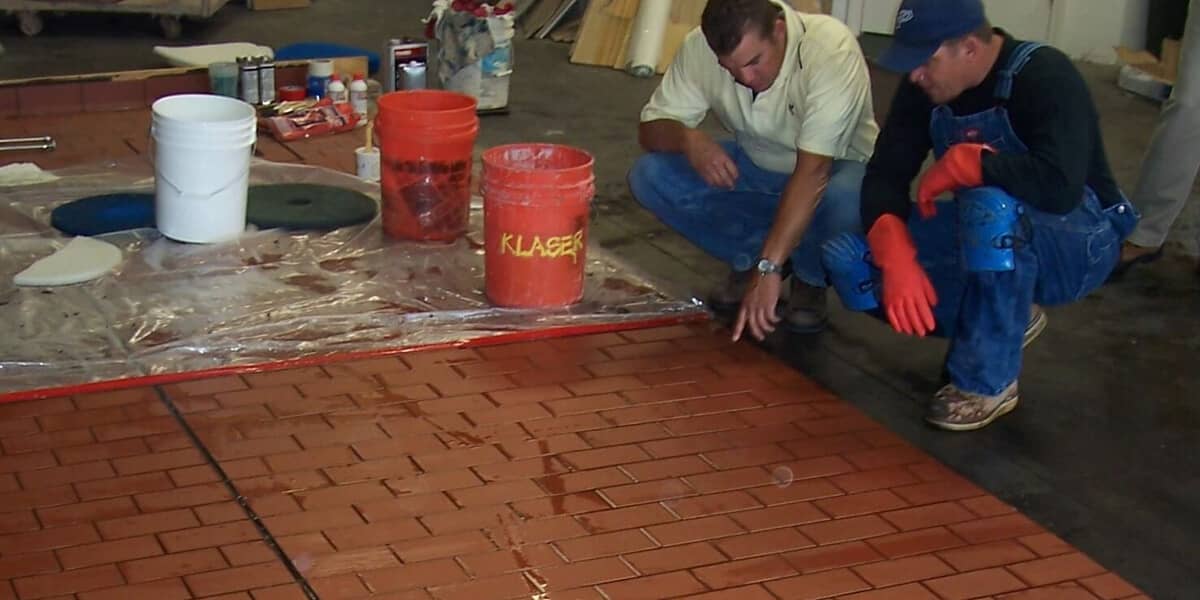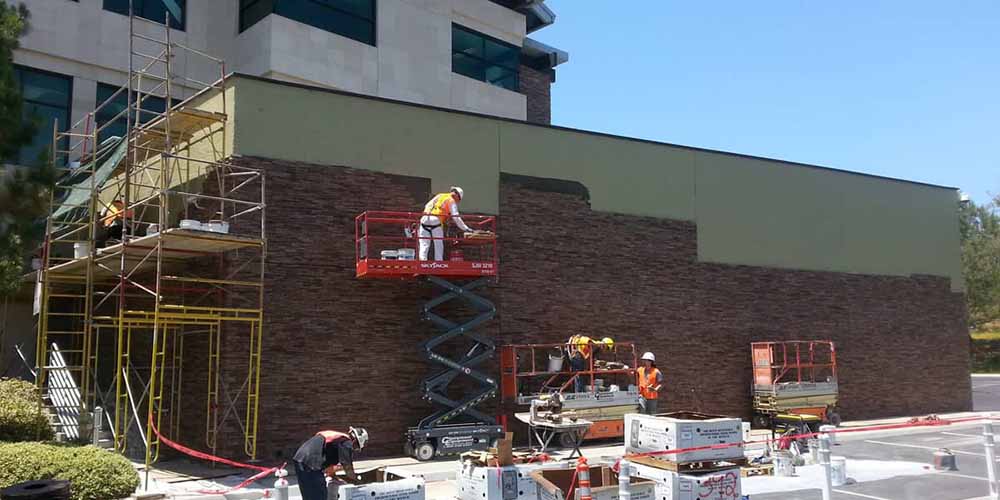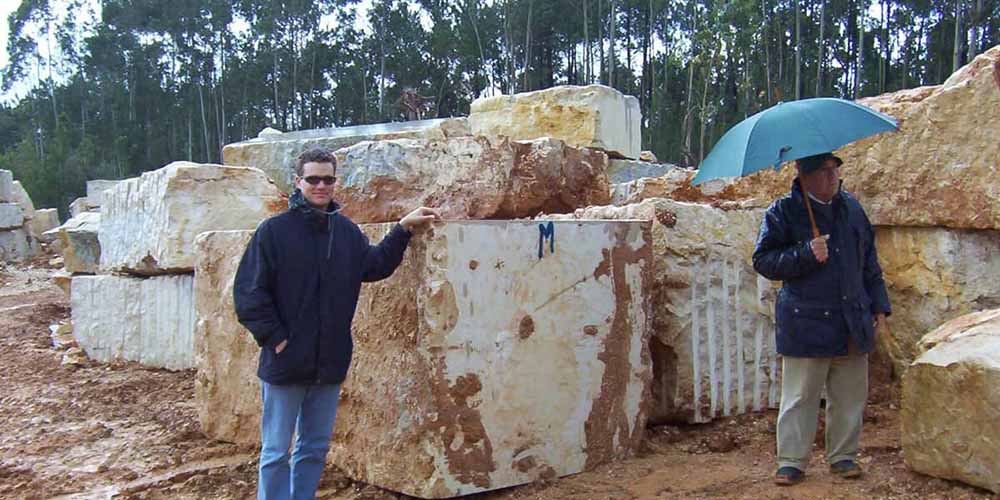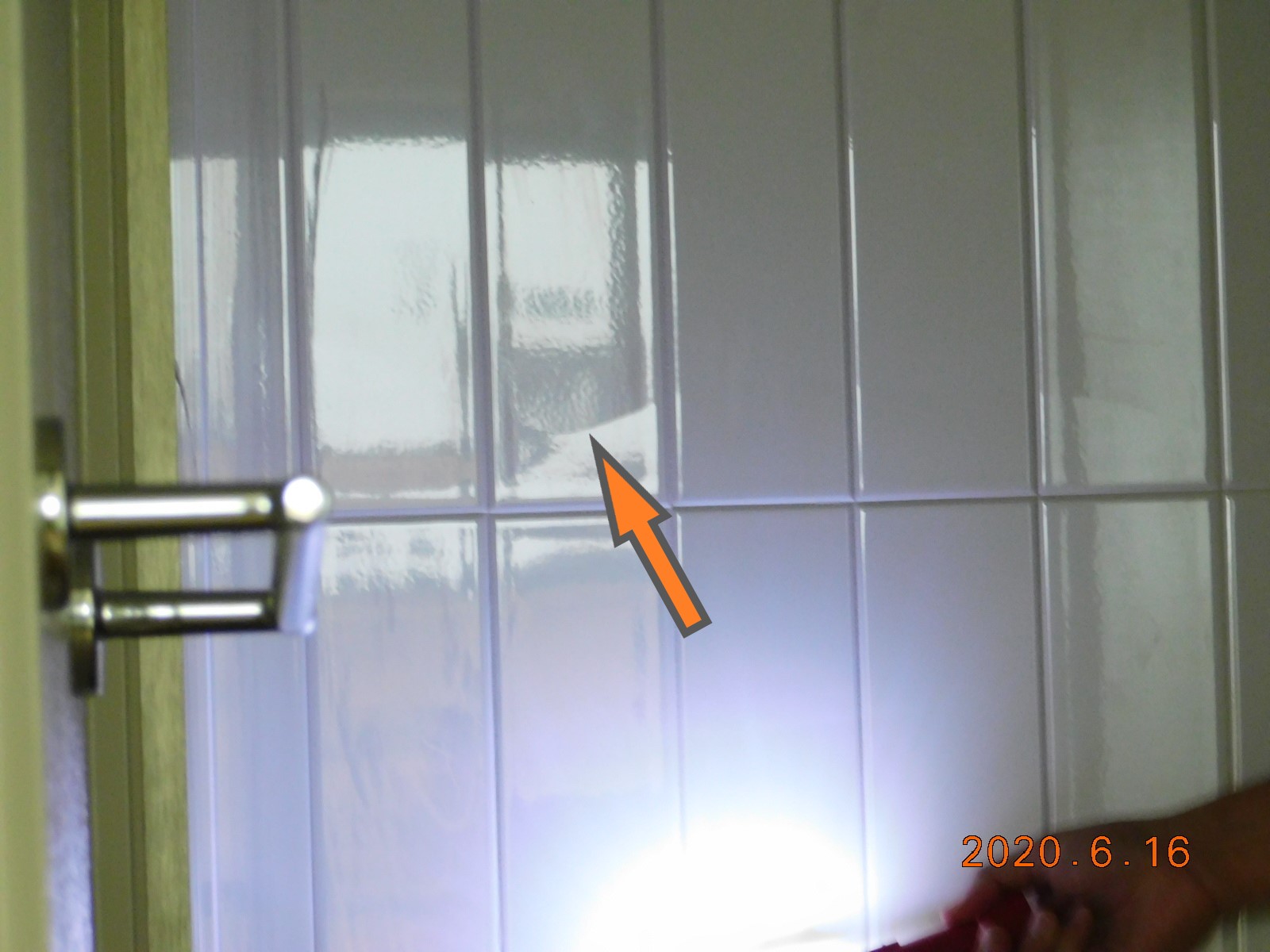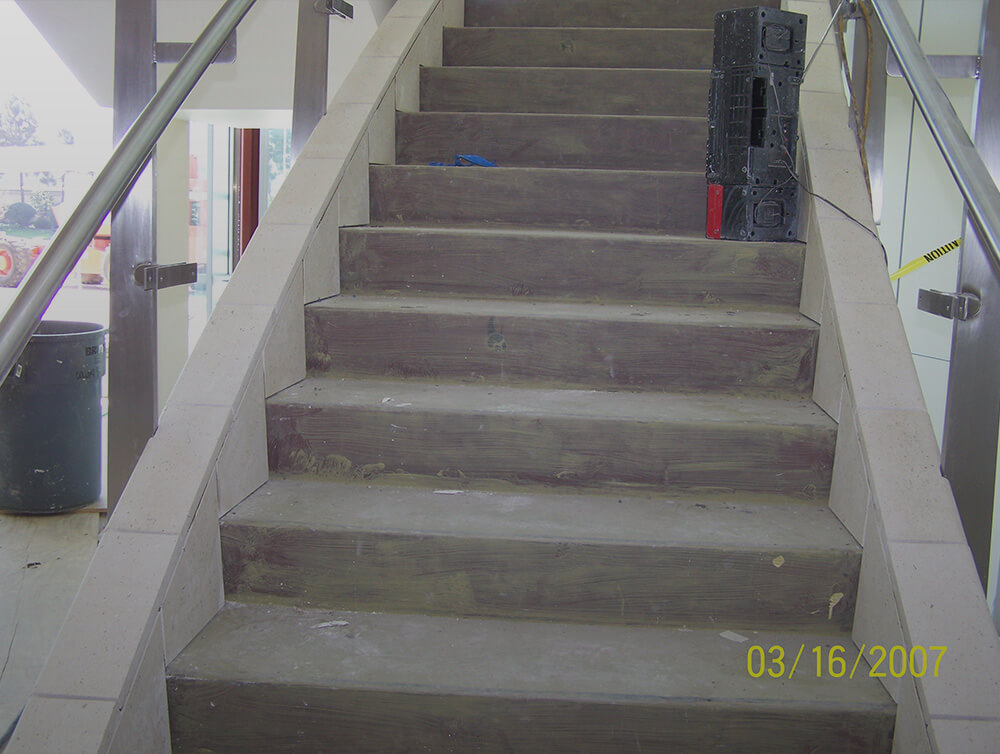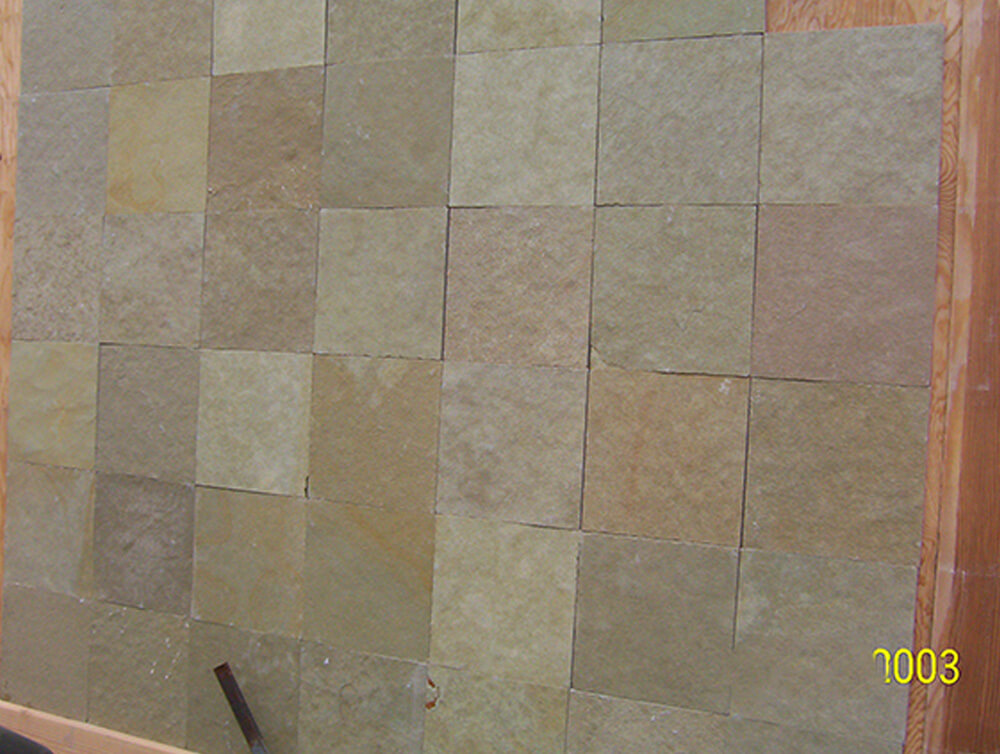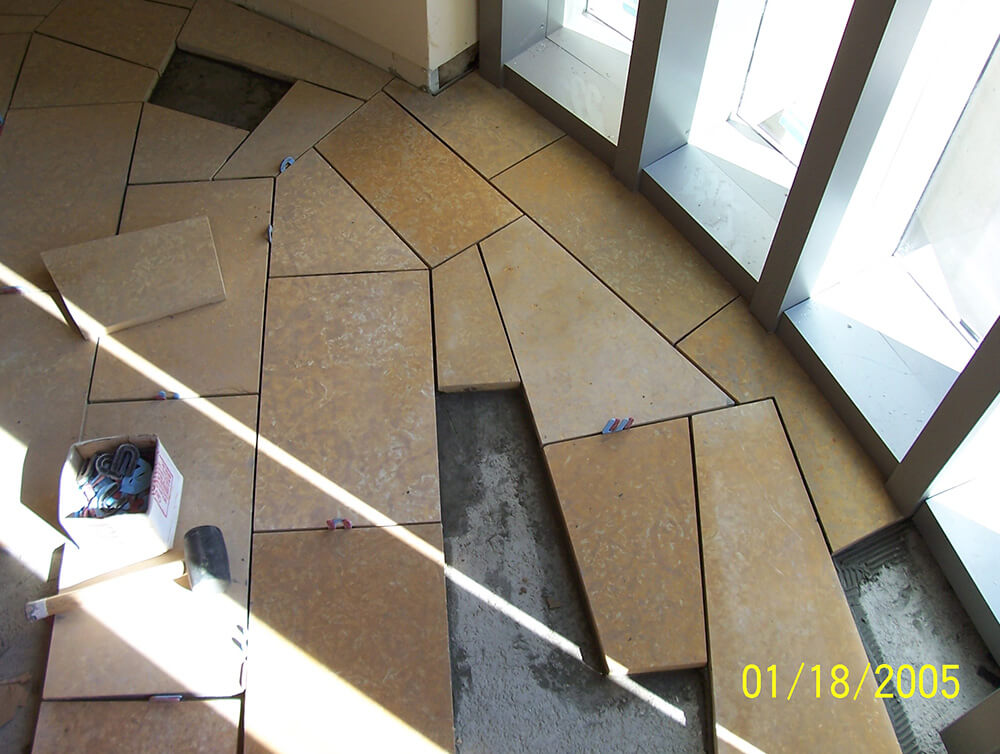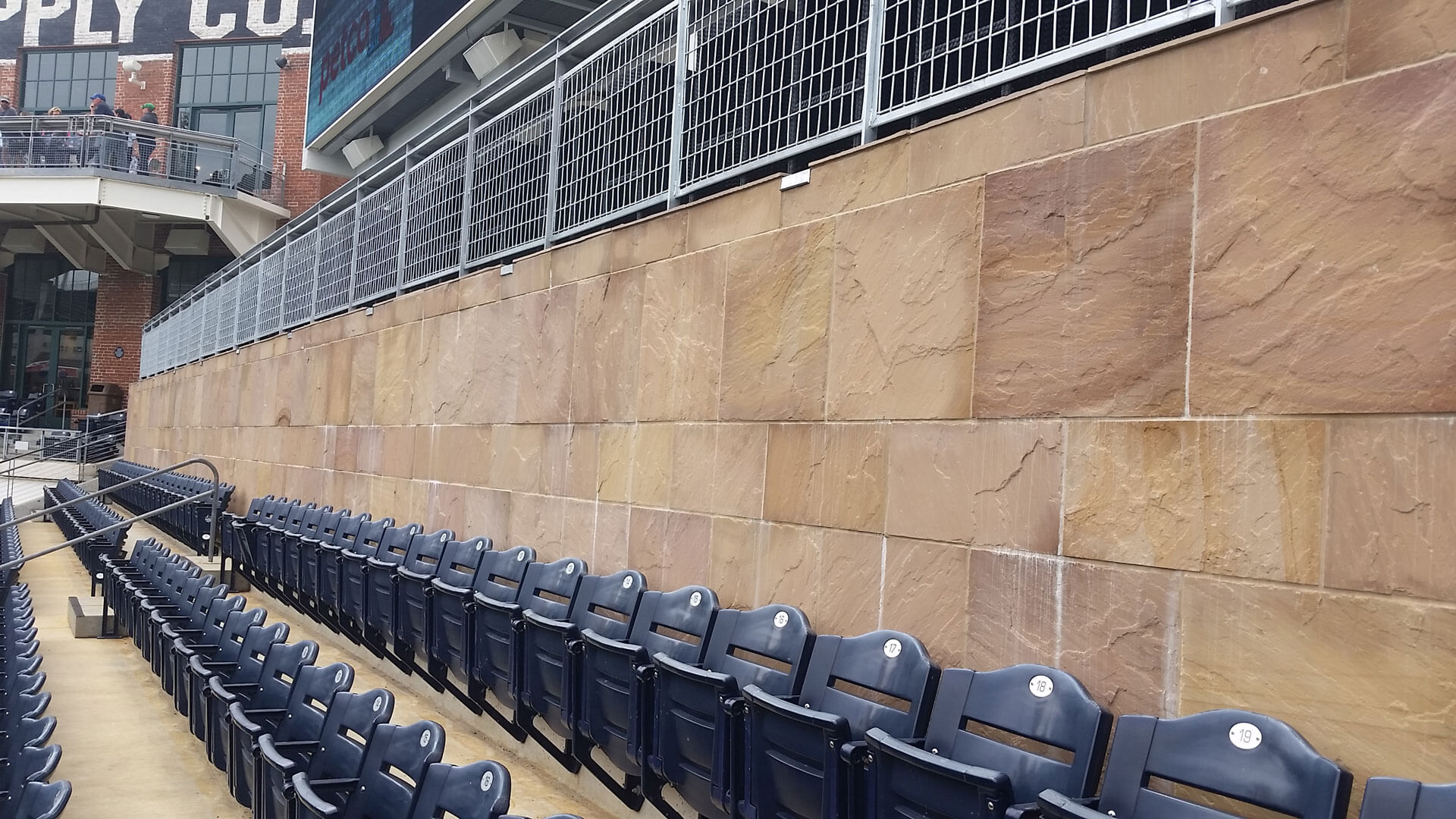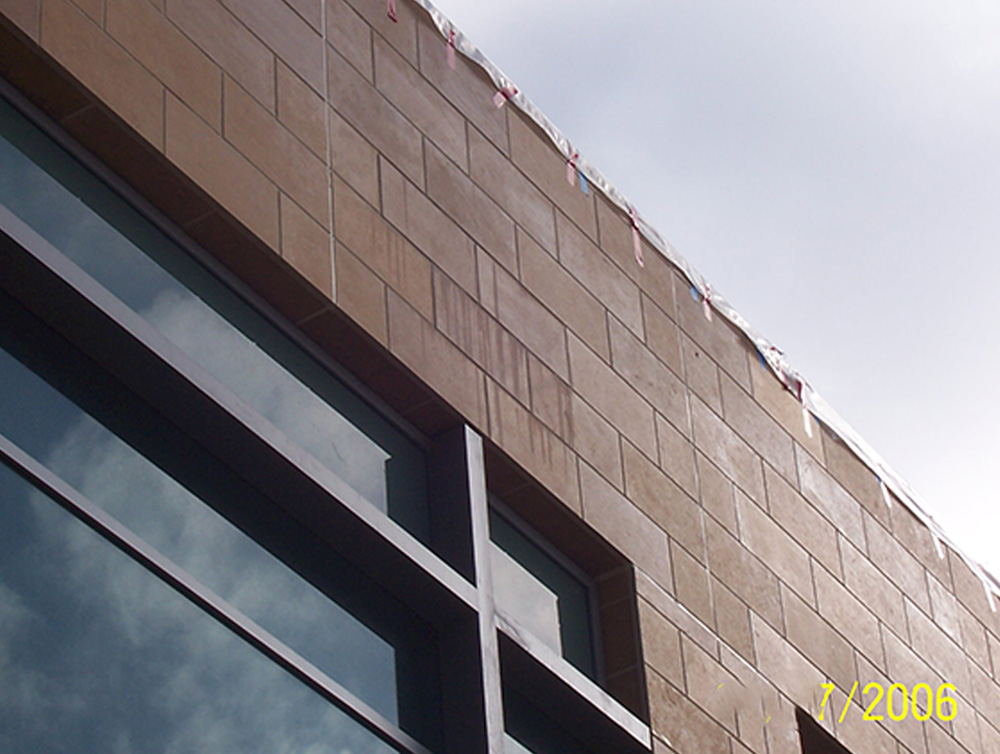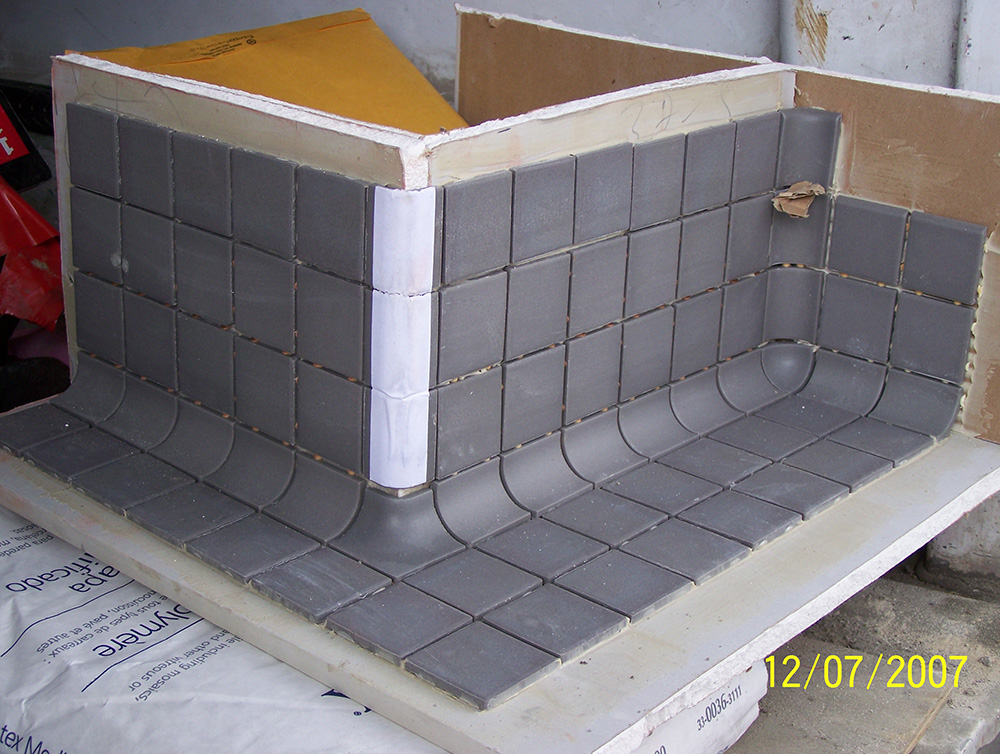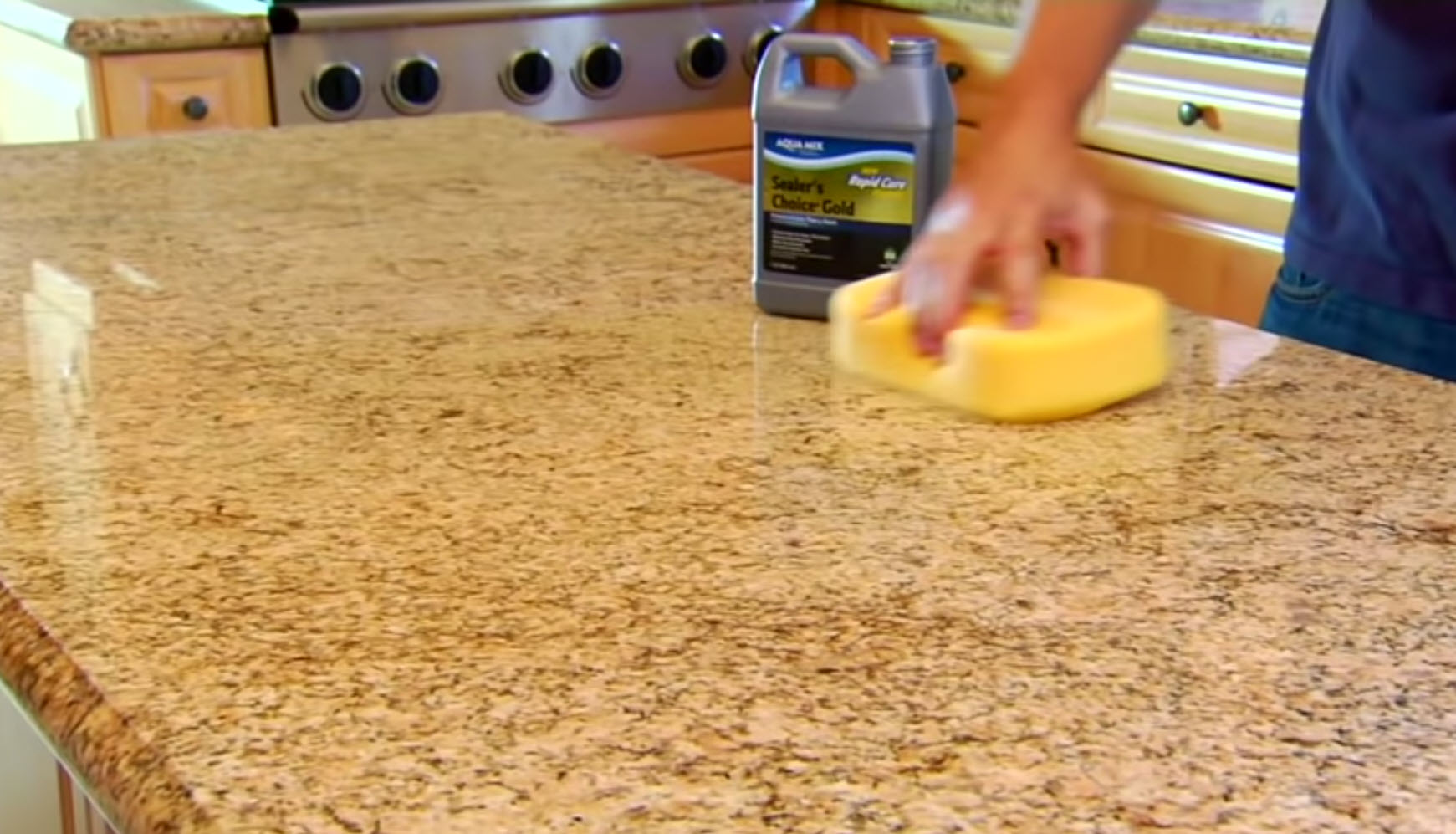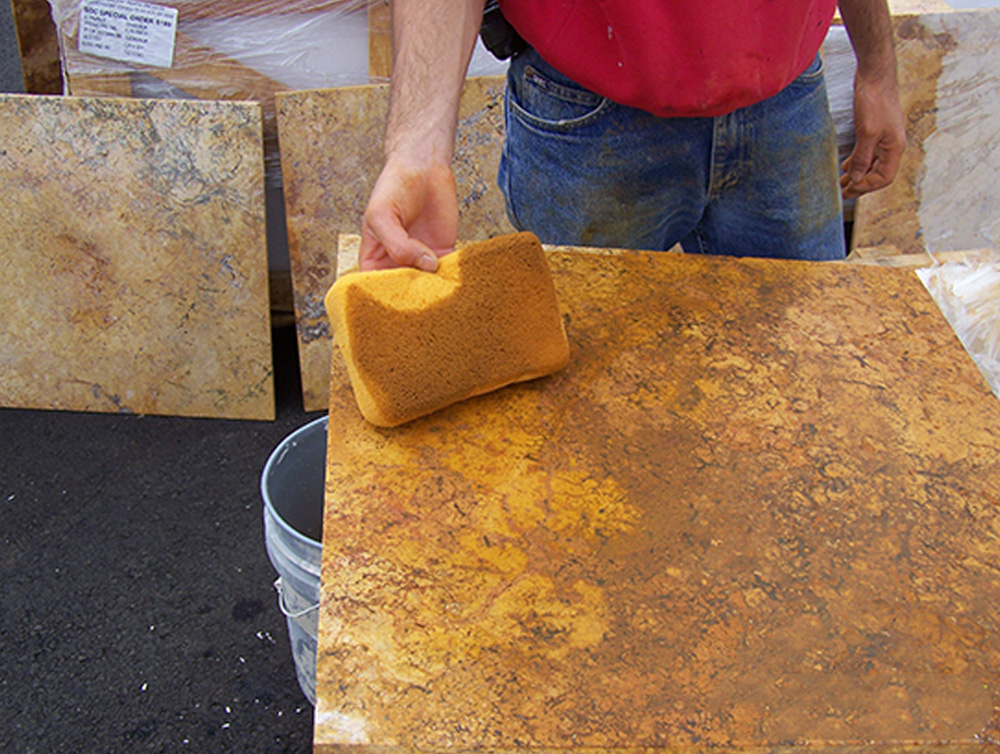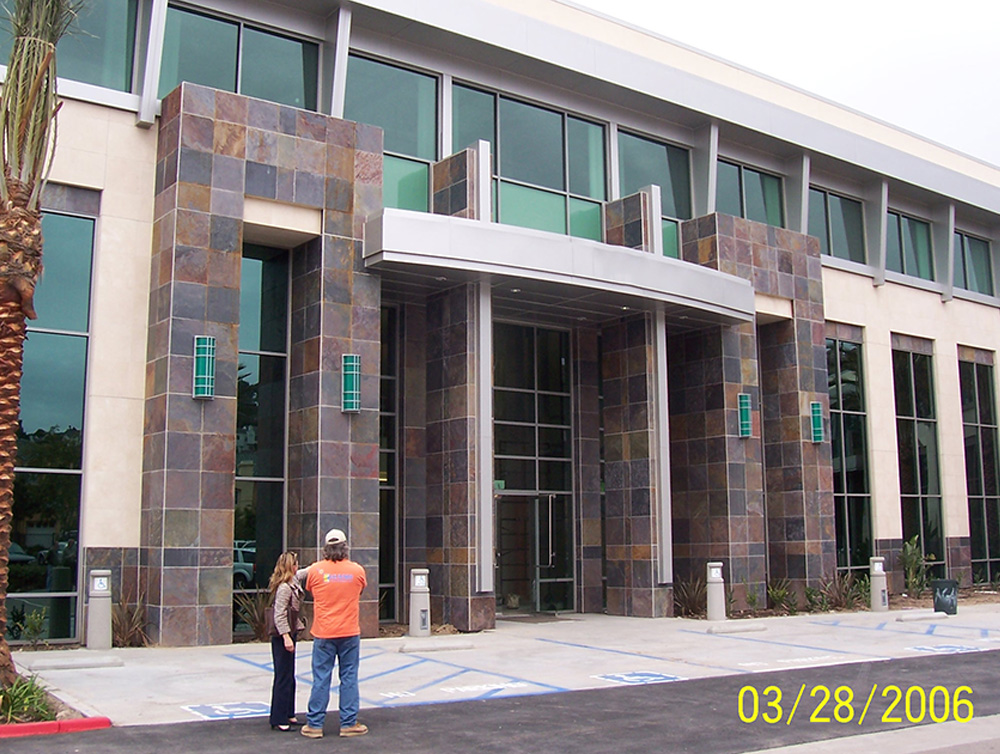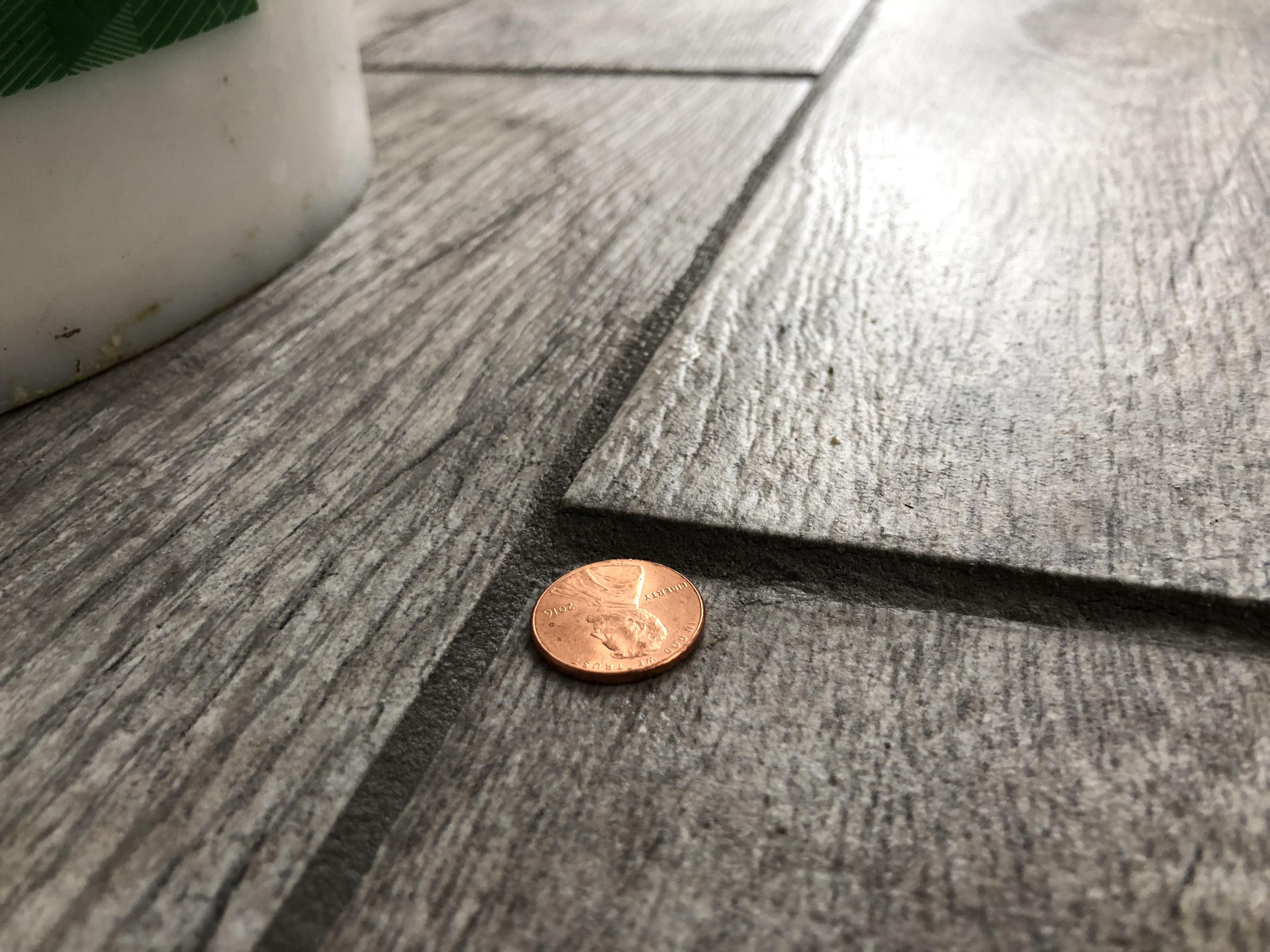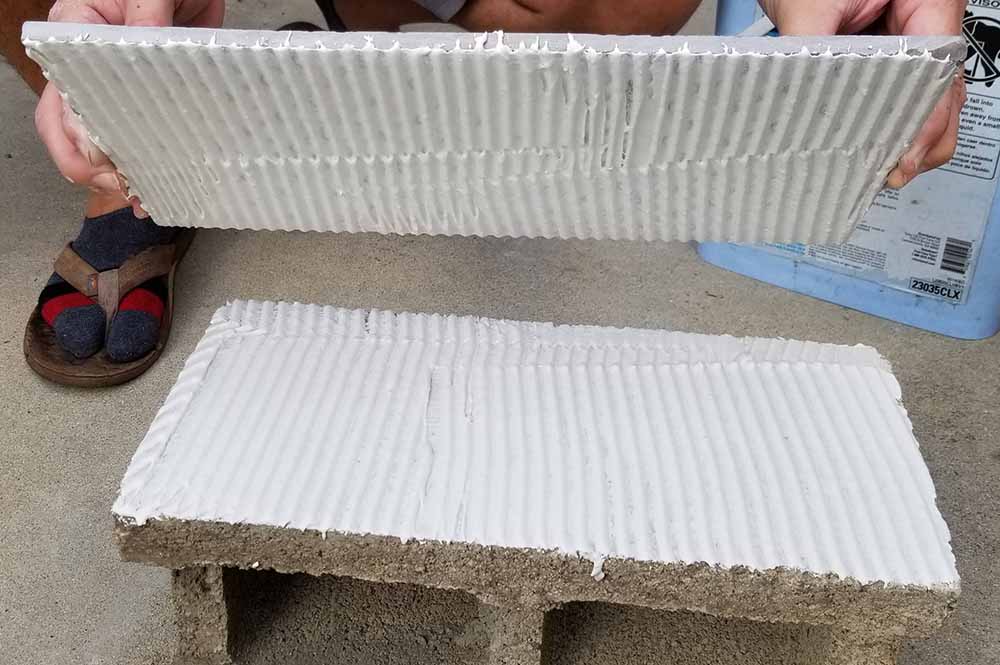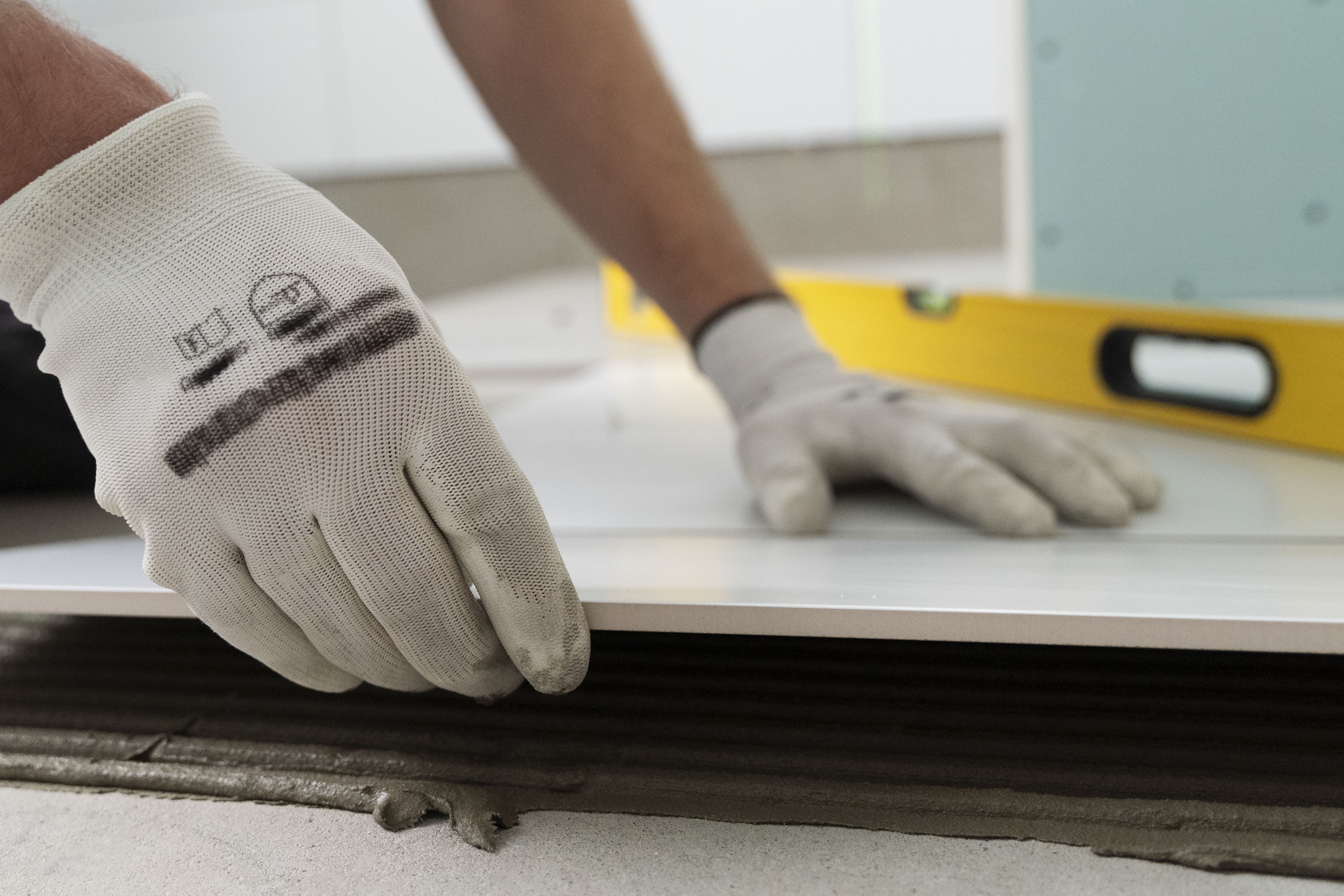What are Movement Joints?
Movement joints -also known as expansion joints- are soft joints installed with a sealant in lieu of grout at specific intervals and perimeters to accommodate movement from thermal expansion and contraction
While they may not be as important when tiling small areas like an entry way or kitchen floor, they become critically important when installing tile over large interior areas or exterior applications. Unfortunately, not installing movement joints is a major cause for tile and stone installation failures.The TCNA Handbook for Ceramic, Glass, and Stone Tile Installation -which is published yearly- contains method EJ171 Movement Joint Guidelines for Ceramic, Glass, and Stone. EJ171 is the industry standard guideline for movement joints which lists all parameters for installing them. EJ171 contains a lot of information but some key takeaways are as follows. Interior tile assemblies must have them at a maximum spacing of 25-feet in each direction. Exterior assemblies must have them at 8-feet to 12-feet intervals in each direction. Perimeter joints must be installed where tilework abuts restraining surfaces such as perimeter walls, dissimilar floor finishes, curbs, columns, pipes, ceilings, and where changes occur in the backing materials.
Another common problem associated with movement joints is when a tile installation bridges over a joint in the substrate that has not been treated properly. This is often found on tiled flooring over concrete slabs that have cold or control joints installed within it. When a tile assembly covers over these types of joints, a resulting telegraphing crack will likely occur through the tiles and grout joints directly over the joint the substrate. It is best to honor these joints in the concrete slab with soft sealant joints in the tile work directly over them or follow manufacturers guidelines on anti-fracture products that will warranty bridging certain joints when treated properly.
If a tile installation has recently been installed without movement joints, it is not very difficult to cut out the cement grout joints at proper intervals and replace with the appropriate sealant. We offer quality control services both onsite and remotely that can help assure a tile or stone project is installed correctly with proper movement joints.


